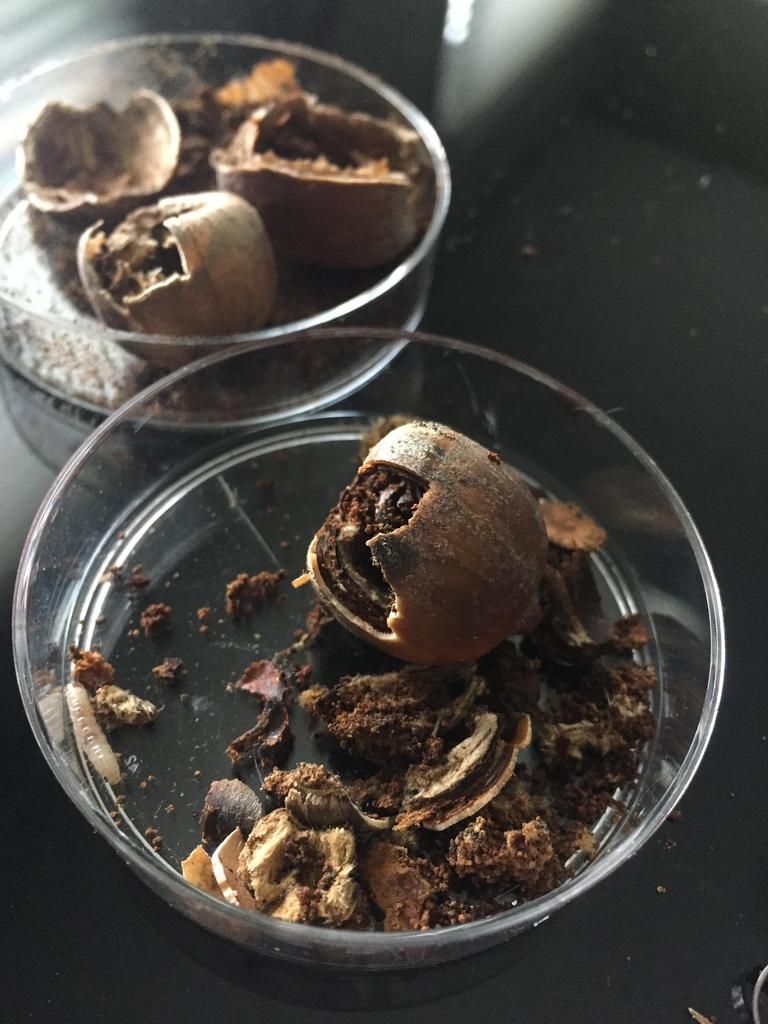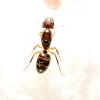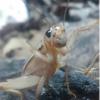So far, we've ONLY searched three acorns, so we haven't made too much progress. There happens to be a large oak tree next to our house, which has produced many acorns over the winter. We've searched most of them, very few are squishy like the ones we took in for inspection and none so far have housed any Temnothorax Colonies. We also have access to good-sized, forested areas so we don't have to rely on this single oak tree.
Just a reminder, my brother and I live in a suburb outside of Philadelphia; the weather has fluctuated between the 30's and 40's (F°) for the past couple weeks, and it rains occasionally. Don't know if climate affects the activity of Temnothorax Colonies (they're probably hibernating anyways), but it may be helpful to have that info.
If any of you have any experience looking for Temnothorax colonies, advice would be very much appreciated. We're focusing on finding Temnothorax Curvispinosus right now, but if you know of any other Temnothorax species in the North East, let us know; we'll keep an eye out for them as well.
Also, here's the direct image that my brother posted above:

































